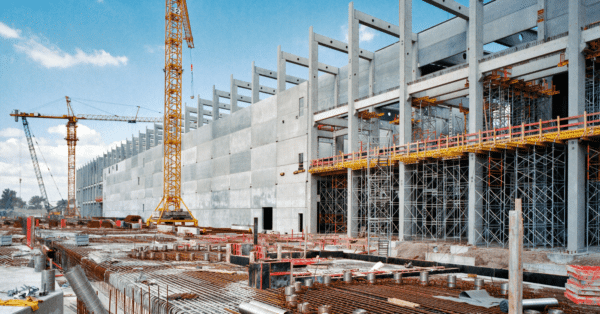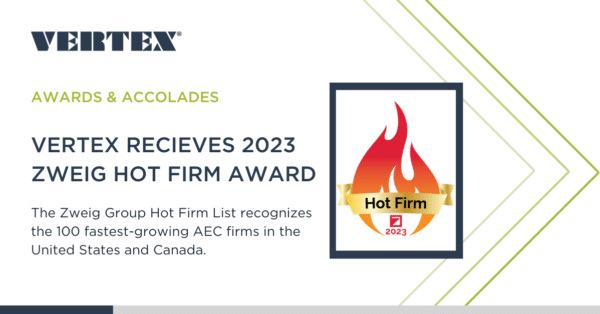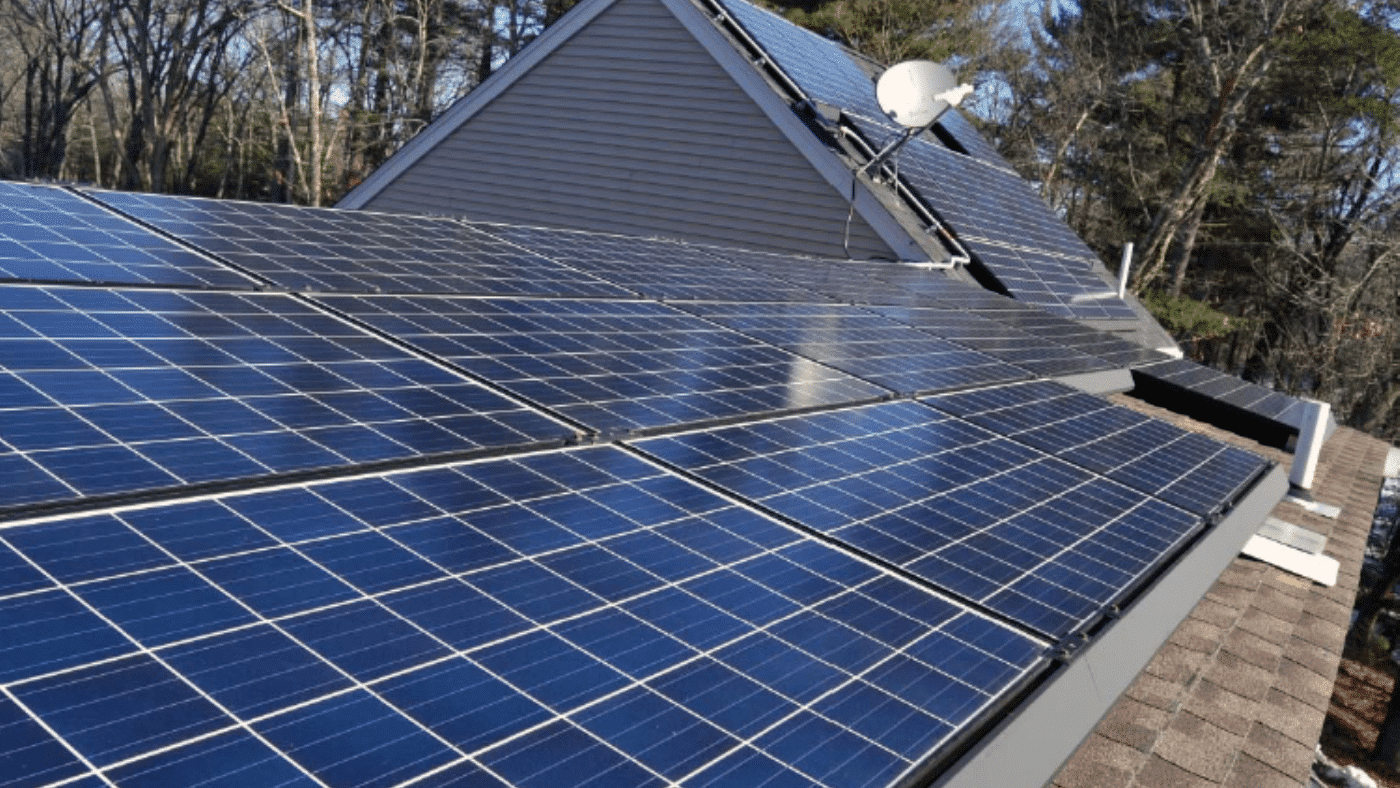In part one of this two-part series, we discussed the general structural building code requirements for roof-mounted photovoltaic (PV) panels and how the rate of installation of PV panels is outpacing the current understanding of the requirements by the parties involved which creates the potential for claims related to design errors, construction defects, contractor liability, or property damage. In the second part of this series, we will discuss some examples that illustrate common structural issues that VERTEX has encountered.
VERTEX has a unique perspective in dealing with construction and design-related issues because of our diversity in clients, scope of services, and diversity of experts. Whether consulting for a litigated matter, reviewing details for loss control, or performing the structural design, we have seen issues related to this matter from multiple perspectives. In our experience, the most common structural issues related to roof-mounted PV panels are related to not having a design professional involved, confusion over design responsibility, and attachment design for wind loading. To best illustrate some common structural issues related to roof-mounted PV panels, the following examples are provided.
Example 1: No Design Professional Involved
Several years after PV panels were installed on a residential roof located in New England, the homeowner reported the roof was exhibiting a downward deflection (“sag”) and cracking of the rafters. When the PV panels were installed, there were no updates or reinforcing to the existing 2×6 rafters, spaced at 16 inches, spanning approximately 13 feet. Coincidentally, historic snowfalls also occurred at the residence as part of the winter of 2014-2015 between the installation and the reported sag. To make matters more complicated, there were multiple layers of roof shingles on the roof adding to the weight on the rafters. Upon inspecting the property, reviewing the original plans from the solar installer, and performing structural analysis, our investigation concluded that although the roof deflection was mostly due to historic loading and creep that pre-dated the PV installation, the solar installer did contribute to the damage. Therefore, the contractor became unnecessarily liable simply because they did not retain the services of a structural engineer to properly document the existing framing, loading, and the effects of the new loading. Beyond just the weight of the PV panels, this example also provided a great illustration of snow loading considerations outlined in the I-codes because the PV panel profiles changed the drifting characteristics on the roof structure.
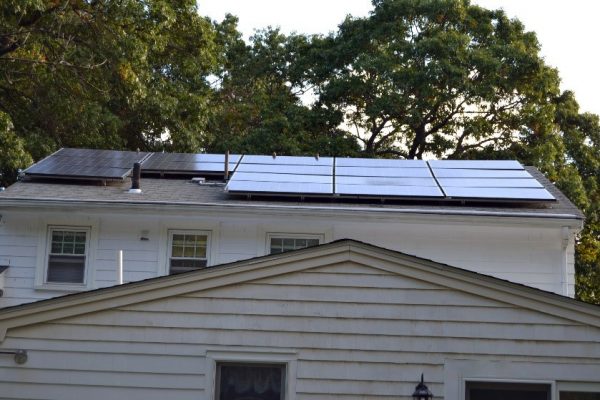
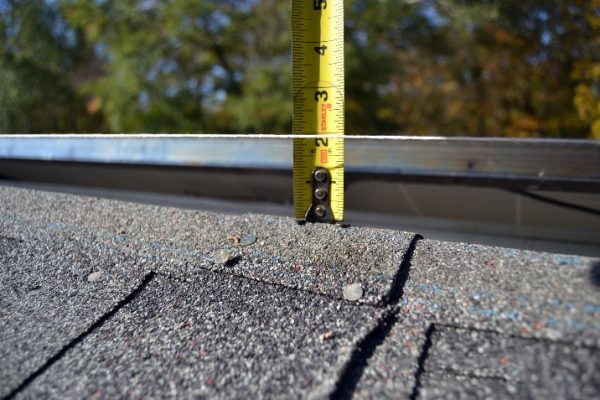
Example 2: Confusion Over Design Responsibility
A large roof-mounted solar panel system had been designed for a multi-story office building and was in the process of construction planning when VERTEX was asked to review the plans, inspect the property, and correspond with the parties involved on behalf of the Landlord. The Landlord wanted to ensure the project flowed smoothly and the tenant (owner of the panels) would not damage the structural framing or building envelope and that the panels were properly secured. During the course of review and correspondence with the parties involved, it became clear that there was a lack of understanding amongst the design team about which engineer was responsible for which component. For example, the developer had designed the solar panel system in-house but the attachment mechanism between the roof and the panel racks was not clearly specified. In addition, the roof decking had not been adequately checked for this panel attachment. Furthermore, there was no engineer involved to verify the adequacy of the existing roof framing to support the new panel loading. An engineer would typically be hired as a third-party consultant by the owner to act independently of the solar developer and verify the existing framing can withstand the new panel loading or if reinforcing is required. Finally, there was general confusion about which engineer would be signing and sealing the drawings and acting as engineer of record (EOR) on the project. This step is extremely important in making sure a knowledgeable engineer, experienced with that type of design is involved with the project and is acting in responsible charge.
Example 3: Attachment Design for Wind Loading
During a snowstorm with strong winds, a portion of PV panels on several large commercial roofs blew off resulting in damage to adjacent panels, the roof covering, and adjacent properties. In several examples, the panels had only been in place on the roof for 1-2 years. Site inspections often indicated that the original construction matched the layout, spacing, and attachment specified in the original construction documents, so construction defects were not likely the cause. After reviewing the wind loading design by the solar developers on the projects, drawings by the EOR, and site parameters, it became clear that the framing used to construct the racking support systems had failed because the spacing was too far apart. This failure mechanism was common among several projects and can sometimes only be evident after extracting the proprietary wind pressure coefficients from the solar developer’s “black box”. In a few cases, a fully or partially ballasted system was used which relies on the self-weight of blocks (ballasts) to hold down the PV panels. We found that during revisions in the design of these ballast weights and layouts, there was no accompanying change in the attachment layout resulting in failures at a much lower wind speed than that specified in the code.
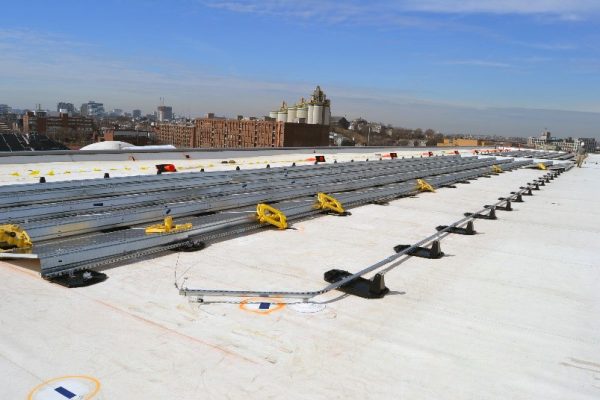
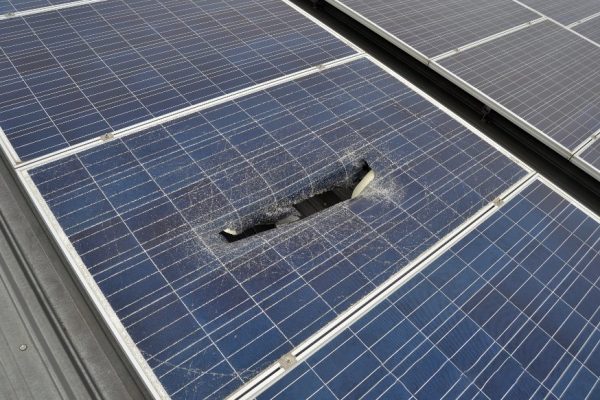
Roof-Mounted Solar PV Panel Takeaways
Recent exponential growth in roof-mounted PV panel use and installation has led to a gap in understanding of the structural loading and code requirements. In our experience, this has created opportunities for claims related to design errors, construction defects, contractor liability, or property damage. However, new codes and industry standards have now included specific structural requirements and references for roof-mounted PV panels that provide direct guidance to owners, designers, and contractors on the construction of roof-mounted PV panels. Recent developments in research and testing also provide a clear indication of structural loading that designers can use to ensure structural stability and mitigate property damage, liability, and design defect claims. To avoid common structural issues related to roof-mounted solar panels, a third-party structural engineer should be engaged to verify the adequacy of the existing framing, verify attachment design and construction, and ensure there is a clear EOR on the project that is knowingly assuming responsibility for the design.
To learn more about VERTEX’s Forensic Engineering and Structural Engineering Design services or to speak with a Structural Engineering Expert, call 888.298.5162 or submit an inquiry.



